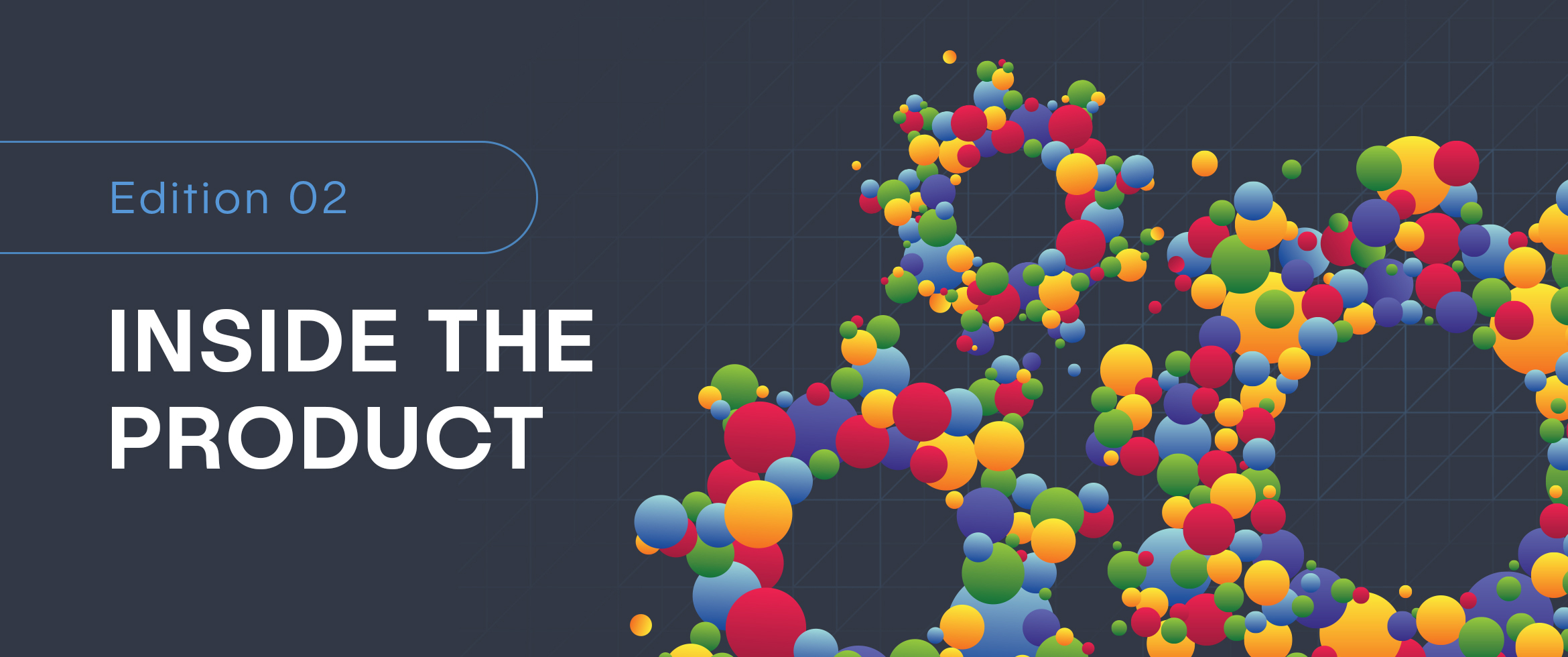2023-04-24

Product update: Making Usage Data Meaningful

6 min read
In times of volatility, it’s more important than ever to be proactive, which requires you to spot trends and signals in customer behaviour early. That’s why Planhat’s latest enhancements deliver even more usage data integrations and significantly more flexibility to transform time-series data.
If one could condense the start of 2023 - or even the start of the 2020s - in one word, a good candidate would be volatility.
Because of it, there’s a finer line than ever between a risk and an opportunity - churn and expansion - making it even more important to act on a complete picture of your customers.
As it happens, these past months of turmoil have perfectly illustrated the value of one of Planhat’s core product pillars: accessible and actionable customer data, especially in time-series. One after another, our users have increasingly flocked to a time-series view of their customers to: catch early drops in usage to predict churn, track lengthening implementation times, spot early movements in NPS to gauge satisfaction, and evaluate weakening engagement with email campaigns. As a result, we’ve doubled down on making this part of Planhat even more accessible and powerful through:
1.New and improved integrations with BigQuery, Amplitude and Pendo: get time-series data into Planhat in minutes, with no technical expertise
2.Even more flexible time-series calculations: analyse and act on data in a way that’s meaningful to you
Here’s a look at a few of our latest releases designed to help you transform the year’s ambiguous volatility into actionable opportunity.
Access Usage Data
New Usage Integrations
We’re always releasing native integrations for your most-loved usage tracking tools & warehouses. Hot off the heels of our best-in-class Pendo integration, we’re now providing native support for continuous event streams from both Amplitude and BigQuery.

Now you’ll be able to:
1.Get set up quicker: an intuitive mapping interface allows you to bring in usage data as both Custom Metrics and User Activities to any object within minutes
2.Keep better sync visibility: built-in summaries provide clarity on connection status and data flow - including last sync date and number of datapoints fetched - making it easy to troubleshoot any unexpected delays
3.Manage your own data: accessible to any Planhat Admin, business users can ensure that they have all the usage data they need - mapping new datasets and modifying existing mappings freely - with no technical expertise
Strengthening our Pendo Integration

Following our partnership with Pendo (read all about it here), we’ve continued to bolster this connection’s usability and versatility. Most notably, you can now:
-
Update existing mappings, including:
-
adding columns to reports
-
modifying aggregations
-
splitting by multiple apps
-
renaming metrics
-
and more…
-
-
Decide whether activities come in Passively, meaning that they will not impact on Company or End User metrics like Last Seen, Last Active, Beats or Experience
Build Meaningful Metrics
Transforming raw data into meaningful KPIs is both really important - because time-series insight is essential for you to be proactive with customers - and really hard to do well in most systems - because it requires deep and flexible metric-building functionality.

I recognise that, if you’re just starting out on your journey to build a data-driven organisation, some of the following updates might sound like nitty-gritty gibberish. Nonetheless, I hope they’ll inspire you to build and act on more meaningful metrics. After all, it’s this deep flexibility, not quick demo-ready calculations, that makes Planhat a best-in-class CRM analytics engine.
Multi-Level Metric Calculations
While simple aggregated metrics like “Average number of logins” per company are useful indicators, they’re often too general to be truly actionable. That’s why we’ve made usage metrics flexible enough to summarise data at both the level they’re generated, and the Company level you need to act on them, so you can mine more insight from the same datapoints. This allows you to drill down into your data to extract more granular insights on your portfolio, for example, drilling into…
-
a 23% week-on-week increase in “average daily logins” to discover an underlying stickiness problem, since “average daily logins per user” actually decreased by 17%, while “average daily active users” increased by 34% week-on-week.

-
a 15% drop in machine faults month-on-month (which is a leading indicator of health and support load) to discover a reliability issue for this customer, since the “daily average number of faults per machine” increased by 46% while the “daily average number of machines with faults” decreased by 27%.

From our side, this is the culmination of 6 months of deepening metrics flexibility and scalability, including:
-
nested calculated metrics, allowing you to analyse fields in time-series and analyse interpolated data
-
conditional time-series calculations on both CRM and time-series metrics data, so you can count active users, handle FX rates and impute NULL values
-
an all-new analytics architecture powered by Google Cloud, performing even the most data-intensive data operations 15x faster, and rendering visualisations up to 40x faster, in just a few seconds
Building for Reliability
Such significant increases in flexibility mean there’s more reasons than ever to bring data into Planhat. But, the more data you have, the more critical it is for Planhat to transform it reliably regardless of how its synced and transformed. That’s why, on a per-metric basis, you can now classify missing values as NULL. This allows you to:
-
build reliable health scores, KPIs and automatic workflows regardless of whether you’re missing raw values, and when and how often you push raw data
-
present dashboards which clearly show the datapoints you have and those you’re missing
The Long View
These enhancements ensure you have more freedom than ever not only to access the metrics you care about, but transform them into meaningful insight driving action.
Bigger picture, Planhat consists of two core pillars: data, and workflow. As we look back on Q1, it was all about data; looking ahead to Q2, it’s all-hands on Workflow. On the horizon, you can look forward to a new interactive interface for projects, email sequences and task management, more advanced workflow conditionality, and new applets including round-robin owner assignment.
We hope every enhancement empowers you to transform risk to opportunity as we weather out an excitingly volatile year.
Join our newsletter!
Receive the latest news, updates, and invitations to our events.
Being data-driven, are we there yet?
Being data-driven should be standard nowadays, but many organizations still struggle with it. Every company wants to be data-driven, but putting it into practice is the tough part.
How to transition from a cost center to a profit center in CS
Many in CS shy away from the commercial aspects of the business, but it's a missed opportunity to keep the conversation moving around maximizing and driving value for customers.
It's worth the risk: Identifying and managing risk in CS
When faced with risk in CS, it’s hard to know what the first step should be. We've developed an actionable plan based on experience from three CS experts.
Learn more about
Planhat
Drop your email and let us show you our platform!











